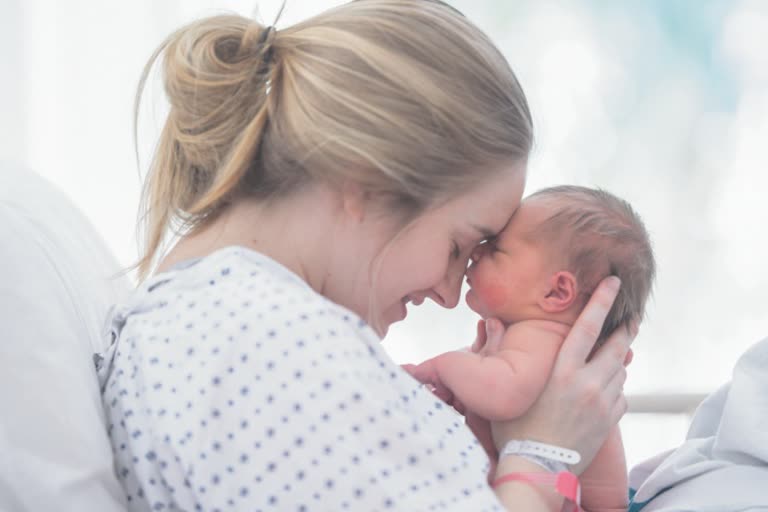It is a true fact that C-section births are sometimes crucial and can prove to be a life-saving intervention for both mother and child. If not abused C-section birth is a true medical boon for mothers who face complications in being able to birth vaginally.
C-sections are of two kinds; an elective section or an emergency section.
When one knows in advance that a Caesarean mode of birth would be the plan for birth, it is termed as an election Caesarean Section.
Medical reasons for an elective C-section birth include:
- Cephalo-pelvic Disproportion: In this scenario the birthing mother's pelvic outlet may be smaller than the baby's head, therefore making it difficult for the baby to safely pass through the pelvis into the birth canal.
- Placenta Previa: It is a condition where the placenta covers the opening of the cervix. In such a scenario, depending on how low or how close the placenta is to the cervical opening, a C-section may prove to be safer. In case of a placenta previa a vaginal birth proves to be risky as the placenta could be delivered before the baby's birth; which could prove to be life threatening for the baby.
- Position of Baby: The fetal presentation breech position i.e., buttocks towards the vaginal opening instead of being head down is often a reason for vaginal delivery being difficult. While doctors may often try to externally rotate the baby is viable, often manual attempts to switch position may fail too, making C-section the preferred mode of birth.
- Multiple Gestation: Twin and Triplet pregnancies are treated as high-risk pregnancies and often are reason for elective C-section.
- Repeat C-section: History of previous C-section is often the deciding factor for subsequent C-section birth depending on the incision type, length, healing of stitches, and time elapsed since previous surgery.
Also read: Low-Quality Diet During Pregnancy Linked To Childhood Obesity
When one may have to have an unplanned Caesarean Section after going into labor it is termed as an emergency Caesarean Section.
Medical reasons for an emergency C-section birth include:
- Fetal Distress- A situation where the baby is facing a lack of oxygen with its heart rate excessively fluctuating. Labor has not progressed to a point whereas assistive devices like a vacuum or forceps can be used to safely birth the baby.
- Fetal Meconium- Normally meconium is the first stool passed by the baby post-birth. Sometimes the baby may pass meconium in-utero which can prove to be life-threatening for them. Aspiration of meconium in babies before birth is a serious complication and to avoid the same a C-section may be attempted.
- Fluctuation in Maternal Blood Pressure- Extremely high blood pressure when in labor can prove to be a reason for further complications like postpartum hemorrhage and seizure. Therefore, if the blood pressure fluctuates to a great extent an emergency C-section may be likely.
- Stalling Labor- Often labor may stall or fail to progress resulting in chances of fetal distress or excessive maternal blood loss. To prevent life-threatening complications to mother and baby a C-section may be performed at the nth hour.
Whatever the mode of birth, it is imperative to understand that mother and child safety is of utmost precedence. A Caesarean Section too counts as birth and the mother requires extra support post-surgery to help recover while nurturing her baby.
It is not always the easy way out and as every birth experience must be respected, a Caesarean birth too should not always be looked down upon.
(IANSlife)



